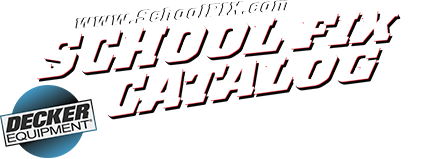Warning: Your School is Losing Money by Not Prioritizing Maintenance Projects
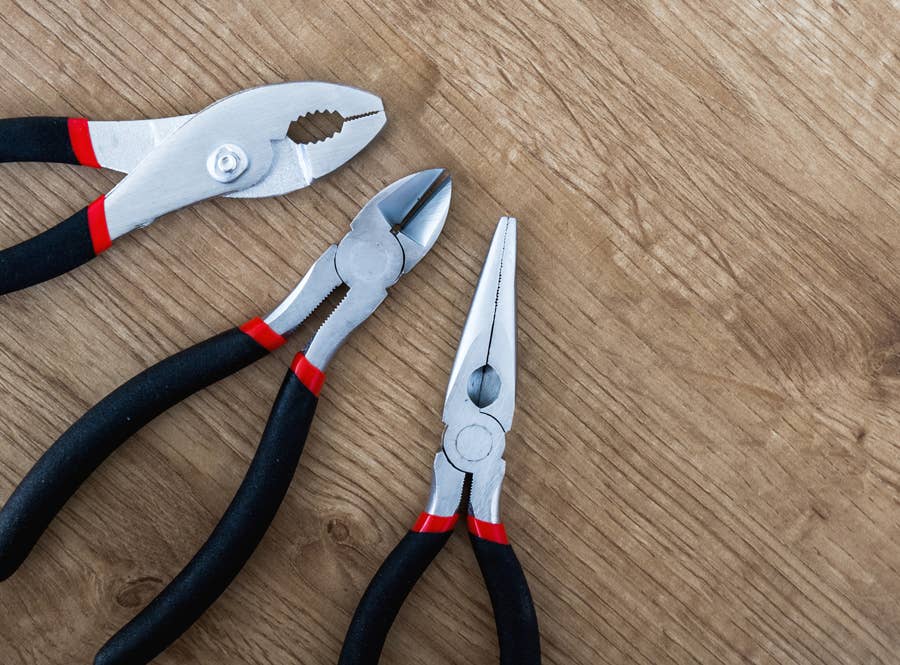 Every day schools are faced with a common challenge – trying to get stuff done with a limited budget. This is why facility managers or maintenance managers need to prioritize their work projects to make sure they get the funds they need to keep the school running smoothly throughout the budget year.
Every day schools are faced with a common challenge – trying to get stuff done with a limited budget. This is why facility managers or maintenance managers need to prioritize their work projects to make sure they get the funds they need to keep the school running smoothly throughout the budget year.
However, oftentimes important projects are not included in the budget due to the lack of proper planning and prioritization. This causes valuable funds being spent on non-critical projects, costly emergency repairs, and even school downtime.
This article aims to help facility or maintenance managers plan and prioritize their projects, and in the long run, save the school money. We'll discuss what areas facility management covers, what deferred maintenance is and why it should be avoided, and provide a method for prioritizing maintenance projects during facility budget planning.
Understanding the key components of facility management
The most routine areas of prioritization for facility managers include energy management, health and safety, maintenance, new technologies, interiors and workspaces, and security.
According to Peter Alligan, Owner & Managing Director of Eurotech Security Systems, PLC, in his article “Top 6 Priorities for Facilities Managers” on Linked Pulse – Facility Management, he states “there are different types of maintenance of which a FM [facility manager] should be aware, but the two that are most likely to take up his or her time are predictive (or planned) maintenance or reactive maintenance. 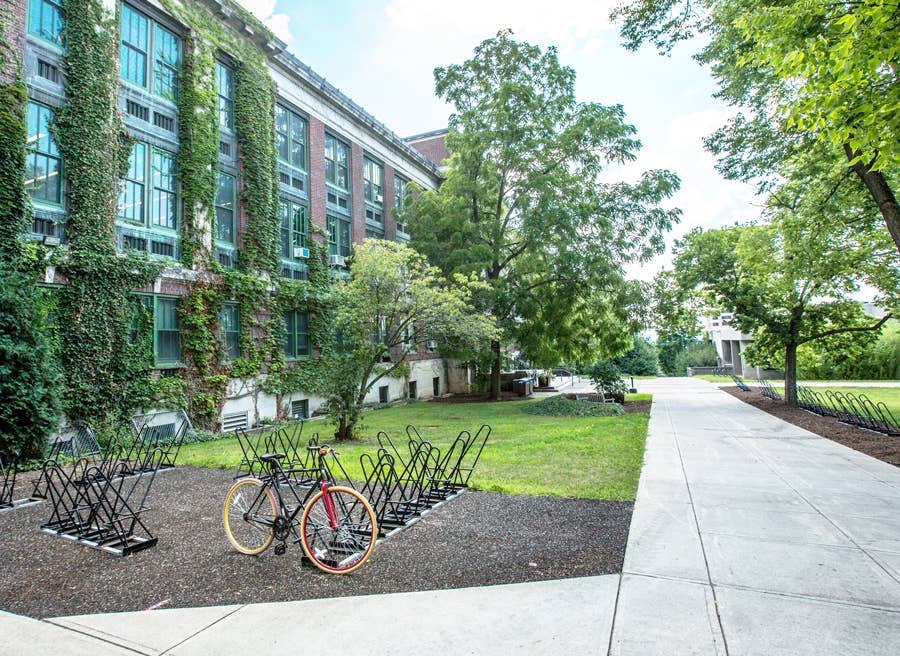 Most FMs try to spend more time on predictive maintenance, although the reactive types sometimes unexpectedly divert their resources.” (1)
Most FMs try to spend more time on predictive maintenance, although the reactive types sometimes unexpectedly divert their resources.” (1)
Predictive maintenance entails scheduling tasks for preventative measures. In his article “Maintenance Projects to Schedule this Year”, Dan Ringo, President & CEO of Ringo Services, writes “preventative maintenance is the single most neglected and underrated aspect of facility management. Unfortunately, some building owners refuse to see the benefit of having a strong preventative maintenance program, even though it will save operating costs and increase building systems’ reliability.” (4)
Areas that require regular inspection and maintenance include roof repairs, structural issues, HVAC systems, ventilation systems, backup generators, electrical wiring, potholes or damaged asphalt, snow and ice removal, and fire/smoke and carbon dioxide sensors and systems.
Why deferred maintenance should be avoided
Let’s begin by defining what deferred maintenance is. Deferred maintenance is maintenance or upgrades that get pushed back to another budget year or set aside until they are necessary. This method can lead to increased operational costs, liability issues, and adverse effects on building systems.
There are several reasons projects may get deferred such as an easy way to save money or divert cash to shortfalls in other areas. Although this may be tempting during budget planning, it usually ends up having the opposite effect. 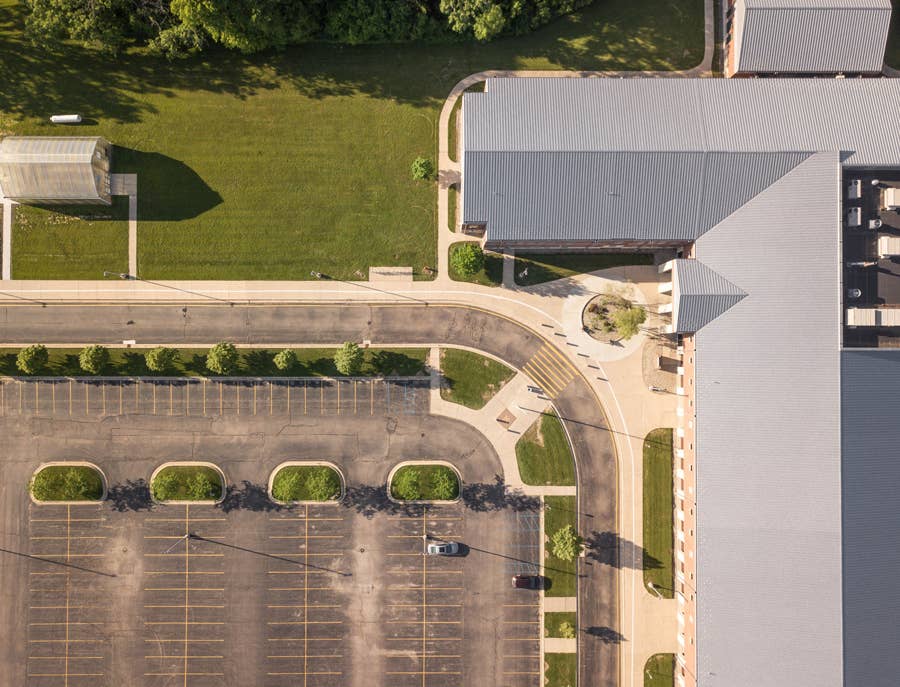 “Deferred maintenance on buildings results in more than $1 per square foot extra in utility bills, according to a U.S. Department of Energy analysis”, says Dan Ringo, in this article on CMM online, “Prioritizing Building Investments and Facility Maintenance Tasks.” (5)
“Deferred maintenance on buildings results in more than $1 per square foot extra in utility bills, according to a U.S. Department of Energy analysis”, says Dan Ringo, in this article on CMM online, “Prioritizing Building Investments and Facility Maintenance Tasks.” (5)
Not only can deferred maintenance end up costing your school more in the long run, but it can also cause harm to your budget and operations in other ways. Examples include overall system decline, emergency repairs, and renovation projects, student and staff health and retention, school reputation, and costly fines.
The solution: planned maintenance and prioritizing investments
When planning for maintenance projects it’s best to prioritize these investments to ensure repairs are addressed promptly before they cost more, equipment and facilities are more efficient and safer, and preventative maintenance and upgrades can be scheduled on a routine basis.
There is a method to the madness – “the challenge is establishing an effective facilities capital planning process that balances short-term needs with long-term goals,” according to Neil Lieberman, at American Schools and Universities, in his article “Prioritizing School Maintenance.” (3)
How do you find this balance? The steps below will assist you in the planning process and help determine what projects to include and in what order.
Steps to prioritize school maintenance
 The first thing you'll want to do is make a list and categorize maintenance work items. Group them by must be done, need to be done but can wait for the next budget year, and nice to be done if the money is available. “Items critical to the continuous operation of key facilities must be at the top of the list and must not be subject to the chaos of budget cuts.” (3)
The first thing you'll want to do is make a list and categorize maintenance work items. Group them by must be done, need to be done but can wait for the next budget year, and nice to be done if the money is available. “Items critical to the continuous operation of key facilities must be at the top of the list and must not be subject to the chaos of budget cuts.” (3)
To help categorize your maintenance tasks, create evaluation criteria you will use to prioritize tasks plus the process to apply it. “Common criteria schools use to prioritize requirements include life and safety, relation to code compliance, and strategic importance to the school’s mission and goals.” (3)
- Life and safety – exit stairs not fire-resistant, insufficient emergency lighting.
- Building code compliance – doors not fire-rated, deficiencies related to electrical outlets/electrical receptacles, entry vestibule and landing.
- Building integrity – aged canopy, entry doors (aging and operational problems), aged exit doors, wear/rust of exterior stairs, aged water pipes, ceilings, water heater deterioration, etc.
- Energy – overall site energy issue, lack of control system integration.
- Functionality – inadequate directional signage, miscellaneous electrical issues.
A commonly used measurement to evaluate spending priorities is called the Facility Condition Index (FCI). “The lower the FCI, the lower the need for remedial or renewal funding relative to the facility’s value. Different schools may target different FCI levels.” (3)
FCI = Deferred Maintenance Cost ÷ Replacement Value Cost
The final step is to include a plan for resistance. Until your maintenance plan is accepted as something routine to be included in the annual budget, make sure you're prepared to defend your plan. Include why it's important not to delay maintenance or upgrades, specifically how it could potentially cost more down the road if ignored.
Consider outsourcing for your facility management needs
 According to an article published by Jones Lang LaSalle IP, Inc., “facility management has the potential to deliver cost savings, reduce energy consumption, improve sustainability and – most important – enhance the quality of your facilities and the campus experience.” (2)
According to an article published by Jones Lang LaSalle IP, Inc., “facility management has the potential to deliver cost savings, reduce energy consumption, improve sustainability and – most important – enhance the quality of your facilities and the campus experience.” (2)
Outsourcing includes benefits that you may have not considered. These benefits include attracting and retaining talented students, faculty, and staff with visible campus improvements and smooth-running operations. Outsourced facility management can deliver long-term cost savings by addressing deferred maintenance energy consumption and sustainability, and can enhance the quality of your facilities and the overall campus experience. (2)
To overcome misconceptions or concerns about job loss, service disruption, or a decline in campus quality, be sure to use thorough and thoughtful planning. “Top facility management service providers typically can reduce your long-term operating expenses by anywhere from five to 30 percent through operational efficiencies.” (2)
Follow the steps below if your school is considering outsourced facility management services:
- Clarify your facility goals.
- Collaborate with internal campus stakeholders to identify your facilities management needs and issues.
- Explore options for achieving the desired outcomes.
- Design a transparent contract aligned with your interests and desired facility outcomes.
- Communicate clearly and often to manage a smooth transition.
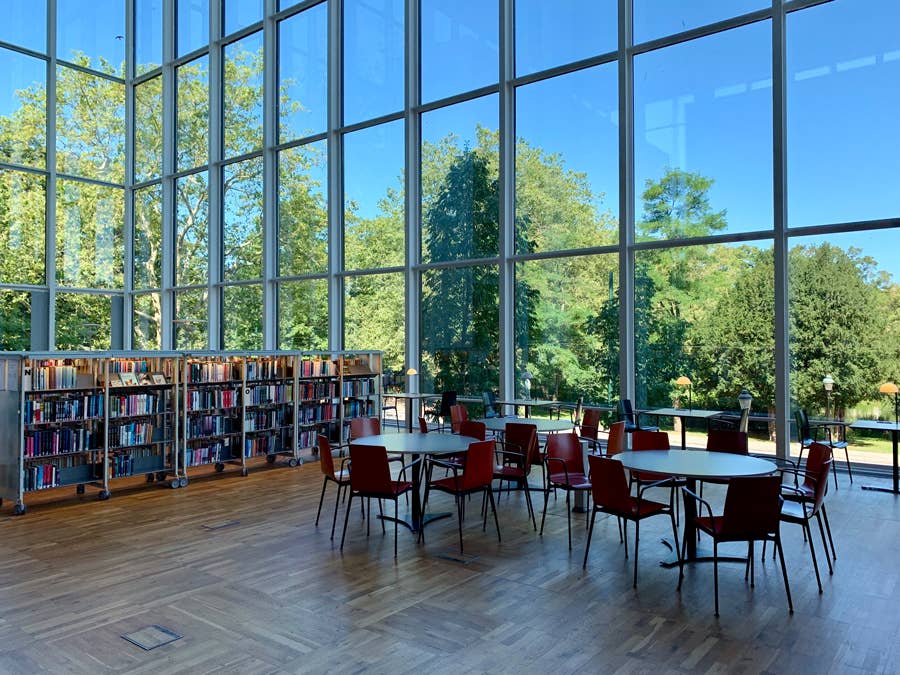 Prioritizing maintenance projects is a winning strategy
Prioritizing maintenance projects is a winning strategy
“When schools have a basis for making informed decisions about project prioritization and capital budget allocation, they are less vulnerable to the kinds of emergency failures that impact their ability to deliver a safe and functional place to work and learn.” (3)
Whether you're new to maintenance planning or want to improve your current plan, if you follow these guidelines you're sure to not only save the school money but also have an efficient building and smooth-running facility.
We hope you found this guide helpful. To learn more about solutions to common school maintenance concerns, including replacing toilet partitions, please visit the School Fix® Blog, or explore our collections of products we have everything from locker parts to parking lot barricades or school whiteboards.
References:
1. Alligan, Peter. “Top 6 Priorities for Facilities Managers”. LinkedIn Pulse – Facility Management. 2016, Nov. 22. https://www.linkedin.com/pulse/top-6-priorities-facilities-managers-peter-alligan
2. Jones Lang LaSalle IP, Inc. “Five steps in navigating the facilities management outsourcing journey”. Retrieved 2/20/20. https://www.us.jll.com/en/views/five-steps-in-navigating-the-facilities-management-outsourcing-journey
3. Lieberman, Neil. “Prioritizing School Maintenance”. American Schools and Universities. ASUmag.com. https://www.asumag.com/facilities-management/maintenance-operations/article/20851712/prioritizing-school-maintenance
4. Ringo, Dan. “Maintenance Projects to Schedule This Year”. CMM Online. 2019, May 7. https://www.cmmonline.com/articles/maintenance-projects-to-schedule-this-year
5. Ringo, Dan. “Prioritizing Building Investments and Facility Maintenance Tasks”. CMM Online. 2019, April 17. https://www.cmmonline.com/articles/prioritizing-building-investments-and-facility-maintenance-tasks
